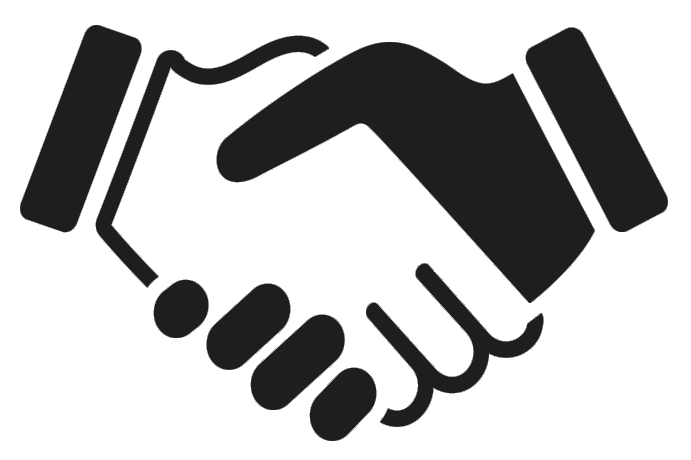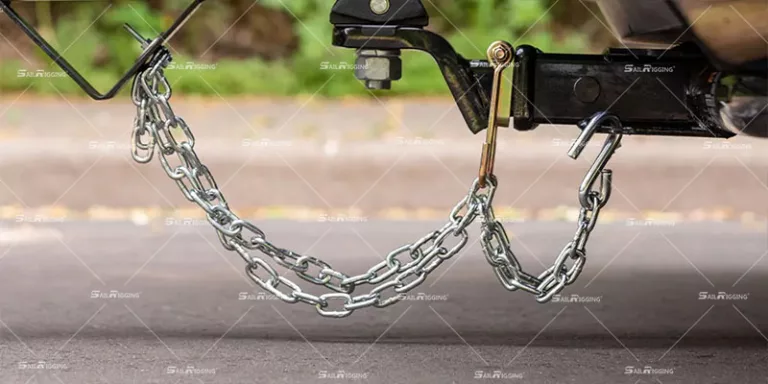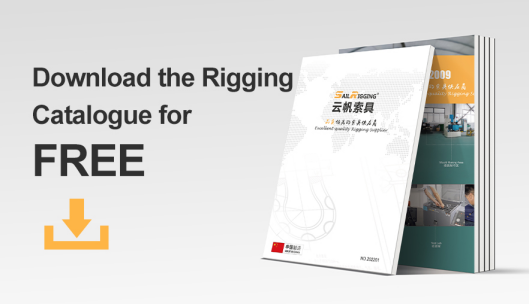Safety chains are commonly used in countries with high volumes of transportation, particularly in industries involving towing, trailers, RVs, and marine applications. The widespread and increasing use of safety chains, particularly in countries like the United States, Canada, Australia, the European Union, and others, is largely driven by safety concerns and regulatory standards that prioritize the protection of people, goods, and vehicles during transportation. Today i will share safety chains in different countries, hope it will help you to know more about safety chain.
- United States
The United States has one of the highest usages of safety chains, particularly in the towing industry, where regulations strongly encourage their use to prevent accidents. Safety chains are required by law in many states, particularly for towing trailers. They are widely used in the following sectors:
Towing and Trailers: Safety chains are required for all towed vehicles and trailers, including RVs, boats, and utility trailers.
Marine Applications: Used extensively in boating and yacht docking to secure vessels.
Recreational Vehicles (RVs): RV safety chains are a legal requirement when towing trailers or caravans.
Regulations:
FMCSA (Federal Motor Carrier Safety Administration): Enforces safety chain requirements for trailers exceeding certain weight limits. The Federal Motor Vehicle Safety Standard (FMVSS 121) also mandates the use of safety chains in certain towing scenarios.
State Laws: Many states have specific rules on the number of safety chains needed (often two for trailers above a certain weight) and their attachment standards.
- European Union (EU)
In the European Union, safety chains are widely used, particularly in transportation and towing applications. The EU has stringent regulations regarding load securing and safety measures in road transport.
Towing and Trailers: Safety chains are commonly used in towing trailers, RVs, and large vehicles, especially for trailers over a certain weight.
Marine Applications: Safety chains are used for docking and securing vessels.
Regulations:
EN 12195-2 (European Standard): Provides guidelines for load securing, which includes the mandatory use of safety chains for towing large trailers.
Directive 2003/96/EC (European Road Safety Standard): Specifies the safety chain requirements for all towing operations.
- Australia
Australia has a strong culture of using safety chains in the transportation and towing industries, particularly for caravans, trailers, and large vehicles.
Towing and Trailers: Safety chains are required for vehicles towing heavy loads, such as caravans, trailers, and equipment.
Recreational Vehicles (RVs): Safety chains are a legal requirement for RVs and caravans when hitched to a towing vehicle.
Regulations:
ADR 62/02 (Australian Design Rules): Mandates that all trailers over a certain weight must be equipped with safety chains. The rule also specifies the number of chains required (usually two for larger trailers).
Australian Road Rules: The road safety rules require the use of safety chains to prevent detachment accidents during towing.
- Canada
Canada, with its large land area and diverse transportation needs, uses safety chains extensively in towing, RV, and marine applications.
Towing and Trailers: Safety chains are a standard part of towing setups, especially for trailers, RVs, and boats.
Marine Applications: Safety chains are used to secure boats to docks or during transportation.
Regulations:
Transport Canada (TC): Implements federal regulations that include safety chain requirements for vehicles towing trailers. This ensures the safe transport of goods and prevents detachment accidents.
Provincial Regulations: Some provinces have additional requirements for trailer safety chains based on load weight and vehicle type.
- United Kingdom
In the United Kingdom, safety chains are used primarily in towing applications, including for trailers, boats, and large vehicles.
Towing and Trailers: Safety chains are often used as a backup to the primary hitch, especially when towing heavy trailers or vehicles.
Marine Applications: Chains are employed to secure boats in harbors or during transportation.
Regulations:
UK Highway Code: Towing trailers and caravans require safety chains to be fitted in certain cases to prevent accidents and secure the load.
British Standard (BS): Safety chain standards are part of regulations that govern load securing during road transport.
- New Zealand
In New Zealand, safety chains are widely used in transportation, particularly in the towing of trailers, caravans, and heavy vehicles.
Towing and Trailers: Safety chains are mandatory when towing trailers, caravans, and other large loads.
Marine Applications: Safety chains are used in marine settings for boat mooring and docking.
Regulations:
Land Transport Rule (Part 8): Regulates the use of safety chains for towing trailers, specifying the load capacities and installation guidelines for chains.
Maritime New Zealand: Safety chains are often used in boat anchoring and docking procedures to prevent detachment in bad weather.
Countries with Growing Use of Safety Chains
In regions like India, Brazil, and China, safety chain use is increasing due to the growth of transportation, tourism (e.g., RVs), and marine industries. While regulations may not be as strictly enforced as in more developed countries, safety chains are becoming more commonly used as infrastructure improves and safety standards evolve.
Safety chains are widely used in countries like the U.S., Canada, Australia, and across the EU primarily because of their role in preventing accidents, ensuring load security, and complying with legal and safety regulations. The demand for safety chains is likely to grow as more countries adopt stringent transportation safety standards and as awareness around the importance of securing loads increases. If you have any need of safety chain, don’t hesitate to contact Sail Rigging. Our product manager will provide whole safety chain solution to you.





